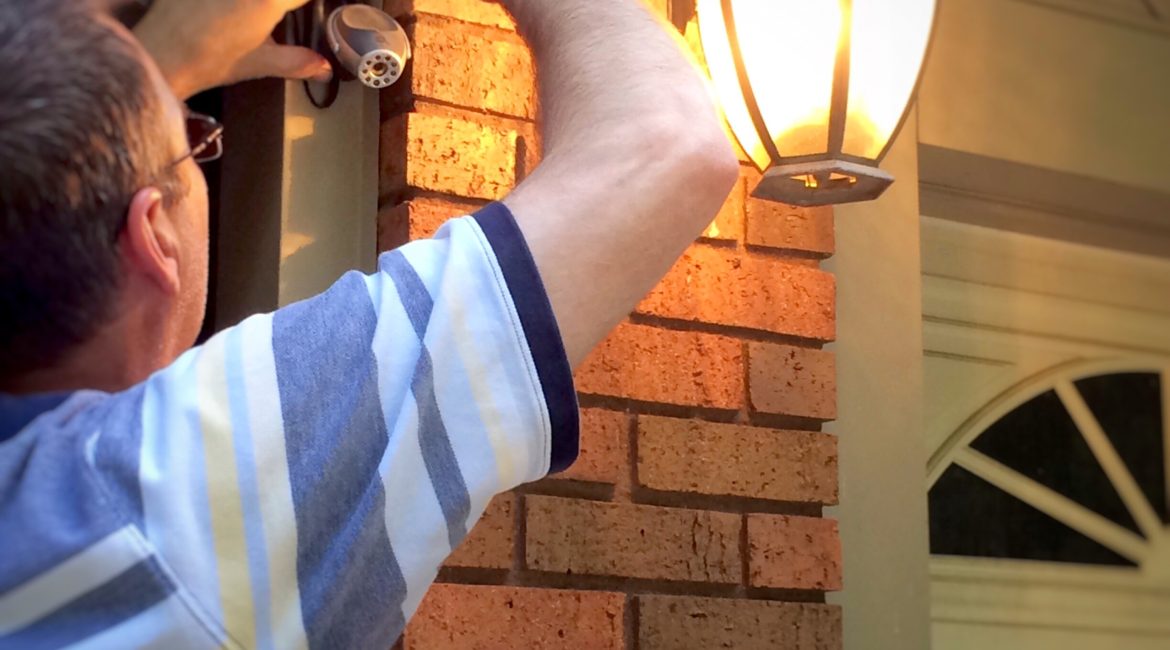An article in the real estate section of Sunday, January 30th’s Albany Times Union takes a deep dive into the dilemma faced by many millennial college graduates who are unable to purchase a home due to the staggering level of student loan debt that they are carrying. Student loan debt is exceptionally problematic for households that are living on the financial edge because it is often one of the few forms of debt that can not be cleared through bankruptcy. The state average student debt load in New York is $37,708 per borrower. National Public Radio has been carrying many stories in recent months about student loan borrowers that have pursued loan forgiveness by participating in federal programs where they earn the write off of a portion or all of their debt by working in certain careers, such as teaching in lower-income school districts for extended periods of time. Those radio stories have discussed in detail how many borrowers have been denied forgiveness of their loans due to clerical errors, despite their best efforts to comply with all of the requirements of the programs. Having a Secretary of Education between 2016 and 2020 who had personal financial ties in the student loan industry did not help in finding solutions to these problems.
Sixty percent of non-homeowning millennials attribute their student debt to their inability to purchase a home. $99.8 billion in student debt is owed in New York State. The average monthly student loan payment in Albany is $327. There are strategies being floated in Congress to forgive significant portions of student debt, at least federally-insured debt, although there are no guarantees that such an initiative will succeed, nor when.
This issue is concerning in the homeownership industry because student debt is considered in making mortgage loan decisions by banks. Student loan payments are calculated as part of the applicant’s existing debt load, along with car loans, credit card payments, and other debt payments when evaluating whether a mortgage applicant can afford to repay a mortgage. Failure to make timely payments on student loan debt will also appear on the credit report, tarnishing the credit record until steps are taken to clean up the credit history.
The Times Union article notes that many millennials have minimum student loan debt payments that exceed a mortgage payment. Unfortunately, the article does not go into the nuances of how mortgages are underwritten, and the debt to income ratios that are traditionally used in the mortgage industry. Including that information might have given some readers helpful guidance on what they can do to move forward towards purchasing a home.
The article profiled two young couples to put a human face on the problem- one that is stuck being a renter, and one couple that has successfully gotten past the roadblock to homeownership. The first profiled couple rents an apartment in Saratoga Springs, and one of the couples has $89000 in student debt. She earned a Bachelor’s degree in health sciences from Russell Sage College, a school that is noteworthy for how expensive it is. She now holds down three part-time jobs, as a nanny, a social media manager, and as a model. Their rent is $1,200 per month, and they recently adopted a rescue Golden Doodle. She has no savings, and her stepfather recently co-signed a loan so that she could lease a car. (By the way, that car lease will count against her overall debt to income ratio when she applies for a mortgage.)
The second couple profiled was held up as a success story for overcoming their $100,000 student debt obstacles by purchasing a duplex house to gain the benefits of rental income in helping to qualify for a mortgage. The article doesn’t go into any detail about how they managed to pay their debt and save for the down payment they needed to purchase their first property. This profile did not spend much time describing how they paid off their student loan debts and then bought a second rental property at about the same time.
While the two profiles in the article are interesting, they don’t answer many questions. The article doesn’t go into much detail on the decision-making of either couple or how they prioritized homeownership as a personal goal.
- For instance, the Saratoga couple live in one of the most expensive rental markets in upstate New York. While the lifestyle of Saratoga is certainly attractive to young people, with easy access to bars, restaurants and music venues, the article notes that they chose Saratoga because they could walk their rescue dog downtown in Congress Park. That argument ignores the fact that other, cheaper rental communities in the region also have downtown parks where a dog can be exercised, saving considerable amounts that could be placed in savings towards a down payment.
- For this couple, the vast majority of their student debt is attributable to a bachelor’s degree in the health sciences. During the current pandemic, when medical practices everywhere are begging for workers, it boggles the mind that someone with technical skills is not in high demand to fill jobs in the medical field. Why such a person would be forced to piece together full time employment from 3 part time jobs, including being a nanny, was left unanswered.
- Getting back to their rescue dog, the picture accompanying the article shows a dog that looks an awful lot like a Golden Doodle. Rescuing a dog nowadays is not a cheap activity, with adoption fees, vet bills, and ongoing food requirements. In many rental complexes, additional fees are charged monthly to allow a dog or cat into the unit. Dog walkers and pet sitters can be quite expensive if you go away for a weekend. It simply makes no sense that couples that are living on the financial edge decide to take on pet ownership without thinking through carefully about how this will impact their ability to achieve other financial and lifestyle goals.
The other couple has successfully negotiated the path to homeownership, and sadly the article does not explain how they did it. Carrying a large debt burden, they managed to make their monthly loan payments while still setting aside enough for a down payment on a two-family home. This is an excellent strategy and is simply not used enough by young families entering the real estate market. However, questions still remain:
- The couple took a hard look at their finances when they began planning their wedding. They were spending as much each month as they were earning. They noted that their student loan payments equaled a mortgage payment. They skipped their honeymoon to use their funds to purchase a home.
- They were able to purchase another two family home using the money they saved from the rental income. The rental income allowed them to pay off their student debt completely in three years.
The one factor that appears in the second scenario that seems to be missing from the first is a willingness to sacrifice. Successful homebuyers always have some level of sacrifice in their first home purchase stories. I remember an official at HUD once telling me about how she brown-bagged her lunch every day so that she could set money aside for the down payment on her home. Others take on a second job to be able to put money away for the biggest purchase of their lives. Yet others make painful decisions on where they go to school, in order to lessen the amount of debt they will carry after graduation. Some people forego buying a new car, choosing to rent close to public transit, so that they can avoid the huge costs of car ownership. All of these sacrifices are proven strategies that have helped young people to buy their first home.
And speaking of that first home, when did a starter home begin to cost $400,000? Why does a childless couple need a brand new 4 or 5 bedroom home on a cul-de-sac? That’s a lot of house to heat and clean, a lot of furniture to buy to fill those rooms, and a lot of property taxes to pay. I’m allowed to sound curmudgeonly, so I can ask- what is wrong with buying a small, 2 bedroom, 1 bath cape with an expansion attic as a newlywed couple? Much of our nation bought that type of house in the ’50s and ’60s. If they didn’t build out the attic as their space needs to be increased, they might have moved up to a 3 bedroom ranch as the family grew, then a 4 bedroom colonial as finances allowed. And now those households are downsizing. The idea of a forever home is a myth. Our housing needs adjust over our lifetimes, so it makes sense that we will move into more appropriate housing as our needs change and our family grows or shrinks.
In closing, the finality assumed in this article feels hopeless for the first couple. However, with some hard reckoning, careful assessment of their options, and perhaps with the guidance of a HUD-certified housing counselor, they may eventually succeed in buying their own bit of the American dream. But I’ll bet that they have to learn how to do a bit of sacrificing along the way.
The Curmudgeon





